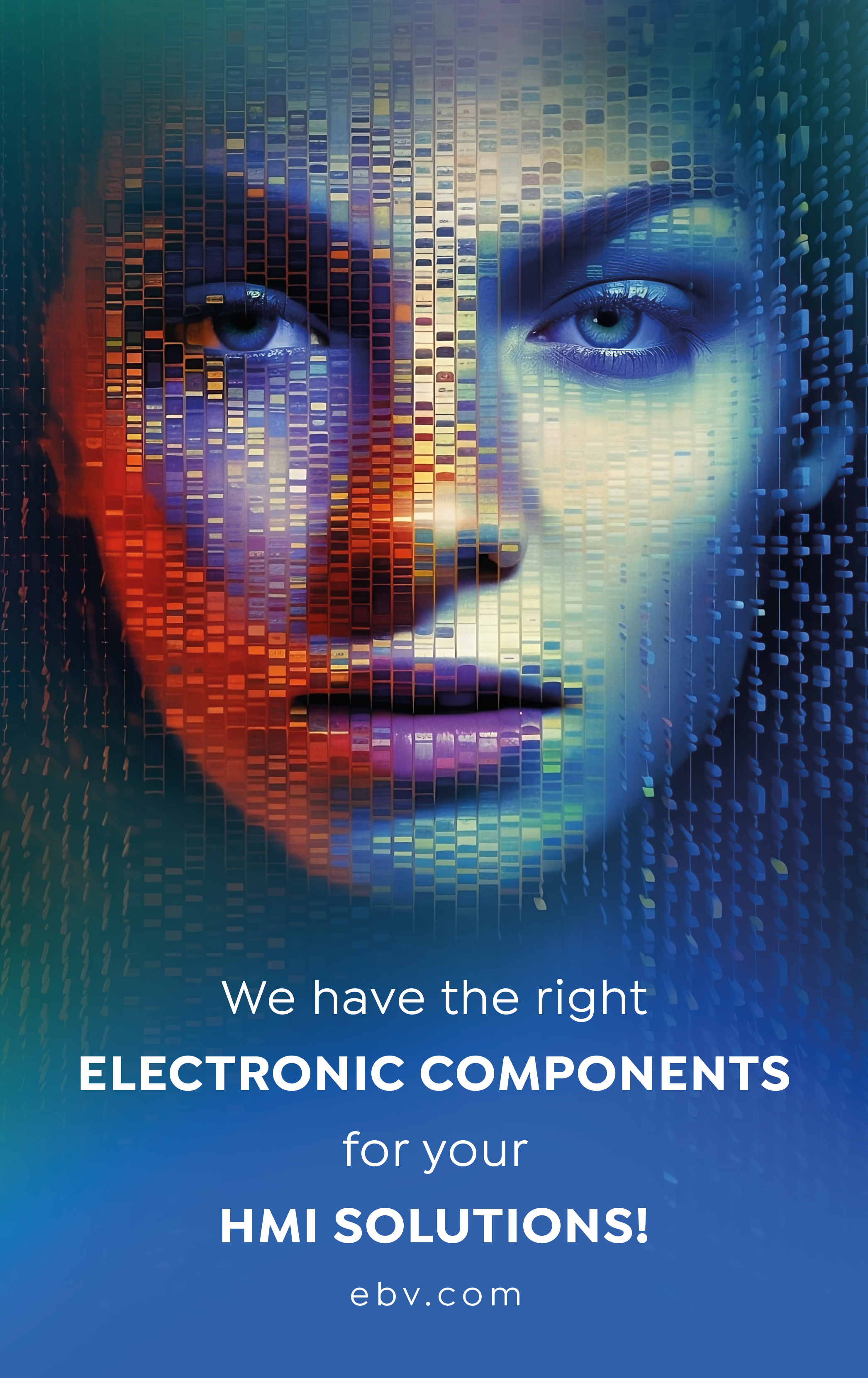Prostheses and exoskeletons are nothing more than machines. However, as they interact very closely with humans, their interfaces have to fulfil a particular set of requirements.
The interaction can hardly be any closer: “We are literally working at the interface between humans and machines,” says Professor Claudio Castellini, professor of medical robotics at Friedrich-Alexander University Erlangen-Nuremberg (FAU). He and his team are researching how to further improve prostheses and make them more reliable. “Over the last few decades, significant advancements have been made in upper limb prosthesis technology.” Lifting a glass, clenching a fist, typing a phone number with an index finger – state-of-the-art robotic hands can already do remarkable things with the help of biomedical technology. Surface electromyography is used as a Human Machine Interface: skin electrodes detect the finest muscle movements on the remaining arm stump. These biosignals are converted and transmitted as electrical impulses to the prosthesis. Targeted Muscle Reinnervation (TMR) is a proven treatment method. In a surgical procedure, the nerves in the stump that previously controlled the arm and hand are reassigned a new function. They are extracted from the surrounding tissue and precisely connected to muscles in intact body regions. This allows the patient to control their future arm prosthesis via “thought signals”. When the user imagines moving their phantom arm, the nerves pass signals to the new target muscles, causing them to tense. This generates electrical signals in the millivolt range, which are measured by electrodes in the prosthesis shaft. A mini-computer analyses the signals and converts them into the intended movement. To move several joints simultaneously, TMR arm prostheses are equipped with up to six electrodes. This allows the user to control up to six movements through independent muscle signals. “The wearer controls the hand prosthesis independently with their arm stump,” explains Professor Castellini. “Through methods of pattern recognition and interactive machine learning, the human can also teach the prosthesis their individual needs when performing a gesture or movement.”
Recognising movement patterns
Ottobock has brought to market the first prosthesis control in Europe with pattern recognition. It uses eight electrodes to measure muscle movement patterns in the forearm stump and assigns them to specific hand movements. So, when the patient reaches for a bottle of water, the prosthesis control recognises the associated movement pattern and commands the prosthesis to execute the respective grip or rotation. This is automatic. The patient can independently control the prosthesis with an app and visualise the measured movement patterns, allowing them to learn how to subconsciously call up these patterns more deliberately.
Anticipating intentions
However, even these advanced robotic prostheses are not yet perfect in terms of comfort, function and control. The EU Horizon project “IntelliMan” is therefore looking into how the prostheses can interact more effectively and purposefully with their environment. The focus here is on so-called “intent detection”. Professor Castellini and his team are further developing the capture and analysis of human biosignals and designing innovative machine learning algorithms to identify individual movement patterns in a person. “We use the possibilities of intent detection for the control of assistive and rehabilitative robotics,” explains the scientist. “This includes wearable robots such as prostheses and exoskeletons, as well as robotic arms and simulations in virtual reality.”
Direct interface with the brain
Modern technology can help not only people who have lost limbs, but also those who cannot move their hands or legs as a result of a spinal cord injury, stroke or other illness, for instance. Brain Computer Interfaces create a direct connection between the human brain and technical systems, allowing the control of a device solely through brain activity.
Blackrock Neurotech is one of the leading manufacturers of implanted electrodes. Its arrays have so far recorded data from the brain across 600 channels. Now, the American manufacturer has introduced a BCI that operates with more than 10,000 channels – which enables an exponential increase in capabilities. “If our current BCI can help people move and feel again with only six hundred channels, imagine what we can achieve with ten thousand or more channels,” says Florian Solzbacher, co-founder and president of Blackrock Neurotech. He plans to develop a vision prosthesis using the new BCI by 2028. “This is a taste of what will be possible in the future with BCI.”

